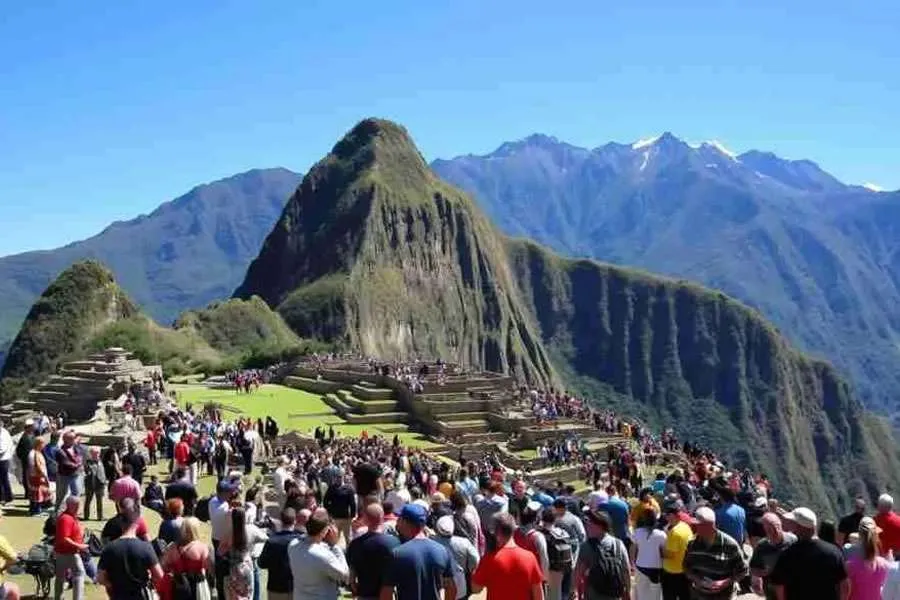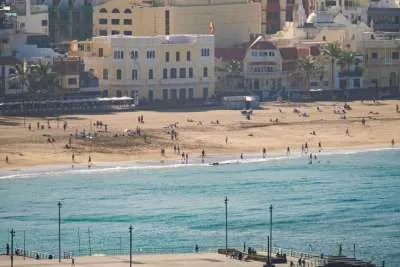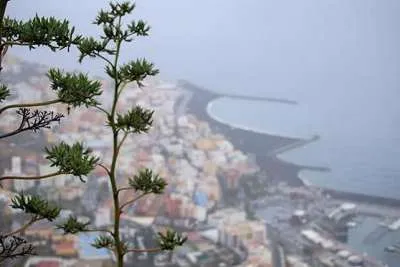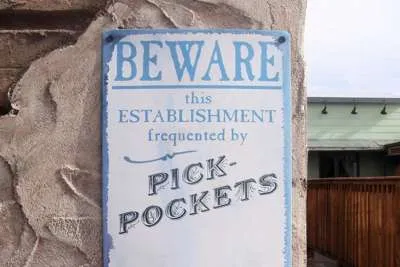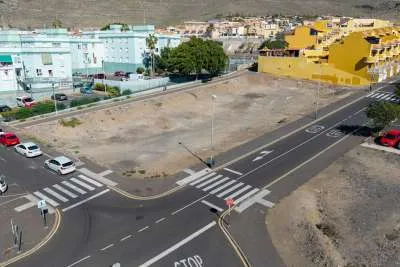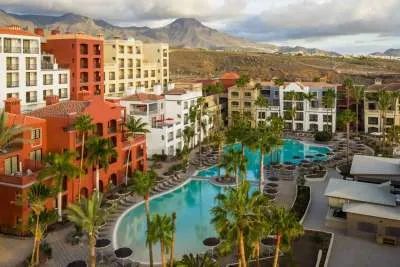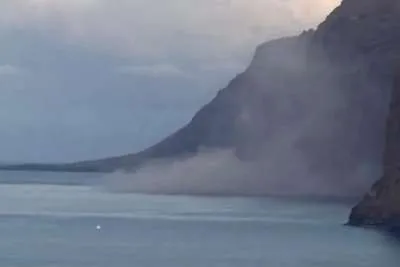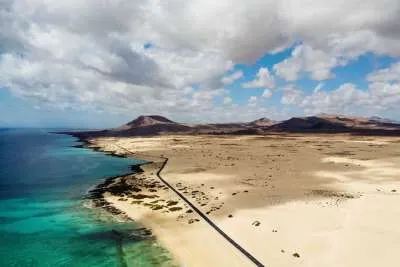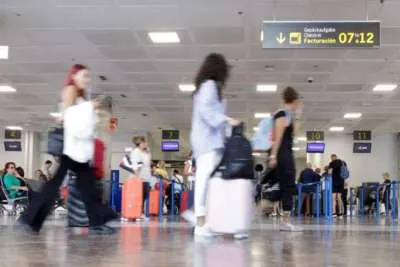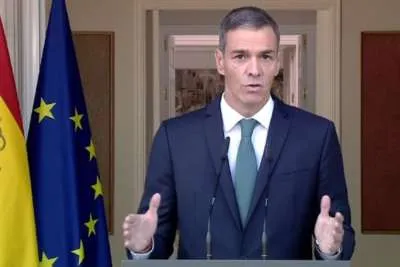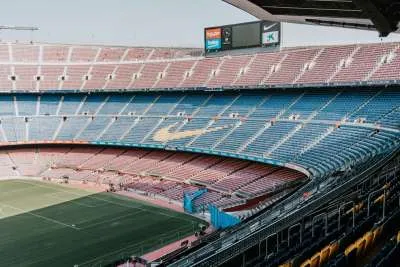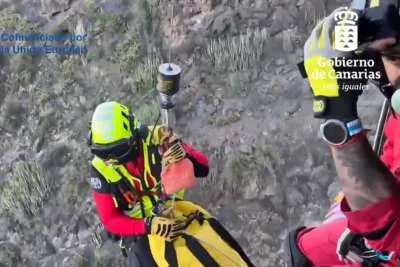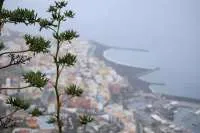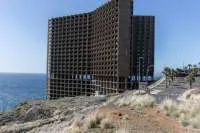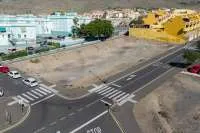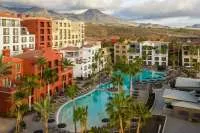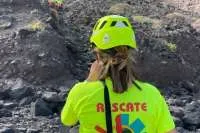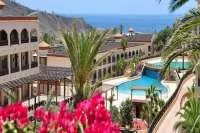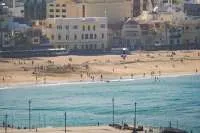When Tourism Transforms World Heritage Sites
- 09-10-2025
- Travel
- collaborative post
- Photo Credit: Visit Machu Picchu
World-famous destinations like Venice, the Eiffel Tower, and now Machu Picchu face increasing pressure from high visitor numbers, threatening both infrastructure and authenticity. However, this phenomenon is not restricted to far-flung wonders.
The Canary Islands have faced similar pressures at sites like Mount Teide, where overcrowding has prompted authorities to implement stricter visitor management systems. These parallels show a global struggle around tourism accessibility and preservation.
As travellers become more aware of their impact, destinations respond with specific measures. Today, many heritage sites assign timed entry slots for each visitor to manage crowds effectively, a practice also highlighted in tips for choosing a timed ticketing system. Authorities set daily visitor caps to limit foot traffic.
Marked pathways guide crowds to protect vulnerable areas. Each of these steps is designed to protect unique sites and maintain public access.
THE DOUBLE-EDGED SWORD OF TOURISM AT MACHU PICCHU
Machu Picchu welcomes thousands of visitors daily, with limits set to protect the ancient structures and the surrounding area. This influx brings important economic benefits to Peru, supporting conservation efforts at the site and across the country.
Most travellers choose Machu Picchu tours for help with the ticketing process and to gain deeper knowledge of the site's heritage. These tours also create employment for guides and small businesses in nearby towns such as Aguas Calientes, ensuring tourism revenue benefits the local economy directly.
Similar issues affect Mount Teide in the Canary Islands, where overcrowding has led to environmental strain and a changed visitor experience. Both sites have adopted reservation systems and caps, shaped by their own conditions and infrastructure.
Recent adjustments at Machu Picchu include dividing the site into circuits and requiring visitors to follow specific routes with time limits. These rules aim to distribute visitor flow and safeguard the monument for the future.
HOW LANDMARK PRESERVATION AFFECTS VISITOR EXPERIENCE
Tickets often need to be booked well in advance, especially in the June-to-August peak season.
Each of the four circuits, led by licensed guides, offers distinct routes through Machu Picchu, balancing crowd control with varied perspectives and difficulty levels.
For example, Circuit 1 features the iconic panoramic overlook, while Circuit 3 focuses on lower terraces and is less physically demanding. The structured approach helps protect both the site and visitor experience.
While many travellers welcome the structured visits and reduced congestion, others feel that timed entry and guide requirements limit their freedom to explore. The guide requirement raises the educational value, providing deeper knowledge about Incan culture and engineering.
Comparable measures exist at sites such as Angkor Wat in Cambodia and the Acropolis in Greece, reflecting a wider movement among destination managers to protect heritage sites while retaining public access.
The Balance Between Access and Conservation
Machu Picchu's circuit system represents a careful balance between allowing visitors to experience the site and protecting its fragile structures. Each circuit follows a one-way path to prevent congestion and minimise impact on the ancient stonework and surrounding area.
Technology plays an important role in this balancing act. Digital ticketing systems track visitor numbers in real-time, while monitoring equipment measures environmental factors like erosion and structural stability. These tools help authorities make data-driven decisions about visitor management.
The lessons from Machu Picchu could benefit other overcrowded destinations. Mount Teide National Park in the Canary Islands has begun implementing similar reservation systems, though with adaptations suited to its unique volcanic terrain and visitor patterns.
LOCAL COMMUNITIES AND MASS TOURISM
However, this economic benefit comes with cultural trade-offs. Indigenous communities in the Sacred Valley have seen traditional practices commercialised, sometimes in ways that fail to respect their cultural significance. Finding a balance between economic opportunity and cultural preservation in tourism remains an ongoing challenge.
Local businesses have responded creatively to tourism regulations. Many now offer specialised services that go along with the official site experience, such as pre-visit orientation sessions or post-visit cultural demonstrations. These changes help spread economic benefits while enriching visitor experiences.
Similar patterns occur in tourism-dependent communities across the Canary Islands, where businesses must deal with seasonal fluctuations and changing regulations. Both regions show how tourism can transform local economies while creating new challenges for cultural authenticity.
From Exploitation to Empowerment
Local initiatives near Machu Picchu have shifted the tourism model, giving area residents greater say and control in shaping travel experiences. Villagers and collectives now design their own tours, hands-on workshops, or guest accommodations based on local traditions. This approach usually involves joint decisions through community organisations or family groups on what types of experiences to offer, what cultural elements to share, and how income should be used within the community.
For example, a farmer's association might create visits centred on traditional Andean agriculture, while a women's weaving group can welcome guests for lessons in textile making. These activities not only keep local customs at the forefront but also ensure profits stay in the area and fund essentials like education or community health.
Managing such projects allows residents to set clear expectations about respectful behaviour during visits. When local guides lead guests through their villages, they are able to share real stories and explain the cultural meaning behind their work, making it less likely for traditions to be misunderstood or commodified. Younger generations participate in these efforts, learning both skill sets and the importance of controlling how their heritage is shared.
RESPONSIBLE TOURISM PRACTICES FOR ICONIC DESTINATIONS
Visiting during shoulder seasons can help lower both environmental impact and crowd levels. Travelling off-season, like April to May, reduces crowds and impact, while following on-site rules helps preserve fragile landmarks like Machu Picchu. When followed by many visitors, these actions help protect the site.
Tour operators with proven sustainability policies can make a difference. Seek companies that hire local guides, support community initiatives, and follow eco-friendly practices. Reputable providers usually outline commitments online.
Machu Picchu tickets must now be booked well in advance, as availability is limited during peak travel seasons.
The Future of Heritage Tourism
Virtual access technologies now allow people worldwide to experience Machu Picchu in realistic detail through online platforms and specialised apps. For example, solutions such as the Google Arts & Culture project and Peru's Ministry of Culture's virtual Machu Picchu tours offer high-resolution panoramic walkthroughs that replicate the experience of moving through the site.
Some educational programs use interactive 3D reconstructions designed for classrooms, letting students explore specific structures virtually. These technologies work by stitching together thousands of photographic images and combining them with detailed mapping data, which enables virtual visitors to "walk" along the citadel's paths and zoom in on carvings or archaeological features usually restricted or at risk from foot traffic.
The benefit stems from reducing physical strain on vulnerable areas, making heritage accessible for those who cannot travel due to distance or mobility, and expanding the reach of conservation education. Virtual tours supplement the real site as an awareness tool and help teachers, researchers, and distant audiences connect with the heritage while lowering the likelihood of wear caused by overcrowding.
Quota systems are under consideration for more landmarks. Venice now enforces caps and fees, and Barcelona has curbed new hotel growth in historic areas. These responses show a move towards sustainability over unlimited access.
Climate change increases the urgency of preservation. Variable rainfall can cause landslide risks at Machu Picchu, while unique Canary Islands ecosystems may face temperature stress. Long-term planning and responsible tourism are both essential for protecting these sites for future generations.
Heritage sites like Machu Picchu stand at the crossroads of global fascination and fragile preservation. As overtourism, climate risks, and cultural tension grow, the path forward lies in smarter systems and shared responsibility. When visitors choose respect over rush, and communities lead their own stories, travel becomes more than movement; it becomes memory, meaning, and legacy. Sustainable tourism isn’t just a strategy; it’s a promise to future generations.
Other articles that may interest you...
Trending
Most Read Articles
Featured Videos
A Vision of Elvis Tenerife Promo
- 10-05-2025
TEAs 2025 Highlights
- 17-11-2025


